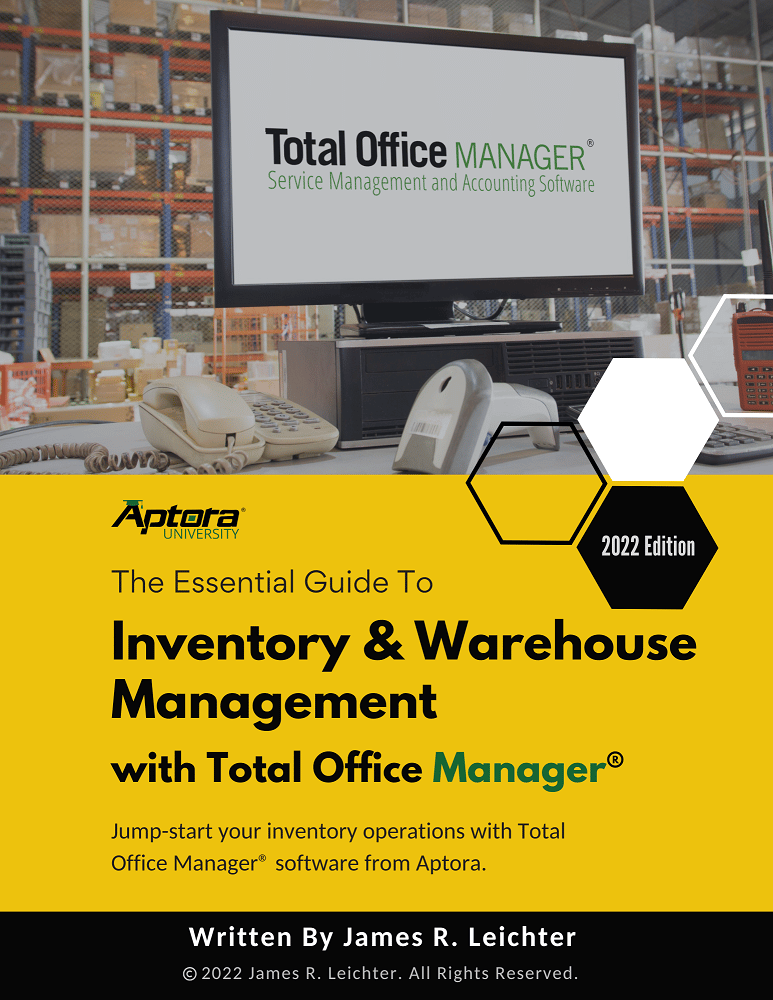
How to Write a Winning HVAC Business Plan (FREE Template)
In my 27 years navigating the trenches of this industry, from turning a wrench to consulting for hundreds of contractors, I’ve seen a clear dividing

Key Takeaways
HVAC marketing isn’t just about slapping your company name on a truck and hoping the phone rings.
To stand out in a crowded market, you need an all-encompassing approach that tackles everything from embracing social media and optimizing your online visibility to old-school charm.
That’s precisely what this post delivers: a practical, no-nonsense guide to crafting an HVAC marketing plan that resonates, converts, and keeps your calendar packed year-round.
Marketing in the HVAC world used to be fairly straightforward: a phonebook ad, a few word-of-mouth referrals, and maybe some flyers around town. Today, technology has leveled the playing field, but it’s also made things more competitive. Homeowners scroll through social media, compare online reviews, and visit at least a handful of websites before making a call.
💡 Quick Tip: Stay curious about new tools and platforms. Social media or targeted ads might feel strange initially, but early adopters often reap big rewards.

Every successful HVAC marketing plan starts with a clear brand identity. Your “core message” is what you stand for, what you promise, and the tone you convey to prospects. Whether you emphasize eco-friendly solutions, 24/7 emergency service, or stellar customer care, that focus must echo through everything you do.
Customers need a compelling reason to choose you over the next HVAC company. Showcase your unique angle in your marketing—maybe it’s a track record of lightning-fast repairs or a family-run tradition that spans generations.

Most homeowners punch in something like “HVAC repair near me” or “AC service in [Your Town]” on Google. Securing a top spot means more phone calls, period. Local SEO is all about optimizing your digital presence so search engines point local customers your way.

While organic SEO is a long-term game, pay-per-click (PPC) advertising can vault you to the top of search results faster. Platforms like Google Ads let you bid on keywords like “furnace repair” or “AC installation,” displaying your ad whenever someone in your region types that phrase.
Facebook marketing can be a gold mines for brand awareness, especially if you optimize your social media business profile and tailor your content to local homeowners. Launch hyperlocal campaigns targeting people in your zip code—perfect for seasonal promotions like “Summer AC Tune-Up Specials.”
Your website is your digital storefront. If it’s slow, outdated, or cluttered, you’ll lose potential customers in seconds. Let’s avoid that.
When done right, content marketing sets you up as the go-to HVAC guru in your town. It offers practical insights and fosters trust long before people need your services.
A well-crafted email can remind existing customers it’s time for their annual inspection or introduce them to new offers. Collect email addresses through your site and service calls, then send out short, value-packed updates.

Word of mouth has gone digital.
A prospect who’s ready to purchase often heads straight to online reviews to see if you’re trustworthy. Aim for consistent, genuine reviews across platforms like Google, Yelp, Facebook, and Better Business Bureau.
Every business gets a sour review occasionally. Address it calmly, apologize if warranted, and invite the unhappy customer to continue the conversation privately. This approach demonstrates professionalism and can salvage a relationship.
In an email-saturated world, a quality mailer can make a statement. Target neighborhoods that match your ideal customer profile—perhaps older homes needing frequent HVAC upgrades.
They’re not dead; they just require a sharp angle. Bold visuals, a single compelling message, and your contact info can catch the eye of drivers or folks flipping through a local magazine.

In many regions, HVAC work spikes in summer (AC) and winter (heating). Leverage these periods with special offers or tune-up deals.
In off-peak months—like early spring or fall—pivot to maintenance or duct cleaning services. This keeps cash flow steady and fosters a year-round relationship with customers.
Price is a delicate subject—too high, and potential customers balk; too low, and you hurt your profit margin. But strategic promotions can sweeten the deal without cheapening your brand.
Honesty about costs builds credibility. Offer financing options for bigger installations—especially if you cater to mid-market or high-end clientele. Let them see monthly payment plans rather than a daunting lump sum.

Even the best marketing won’t matter if your team can’t close deals. Train technicians to reach each customer on a personal level in terms of their service needs and to greet each job as if it’s the most important of the day. This is a powerful way to get repeat business and build strong customer relationships.
Send a thank-you note or an automated email a week after the service. Ask for feedback and gently remind them about future seasonal maintenance. This fosters long-term loyalty.
You can’t improve what you don’t measure. Tracking key performance indicators (KPIs) lets you see if your marketing budget is working hard or going down the drain.
Once you see patterns—like certain Google Ads keywords that always bring profitable leads—invest more in them. If a direct mail piece falls flat, tweak the design or offer and try again. Marketing is an evolving process; your willingness to adapt keeps you ahead.
Check out ACCA.org for industry-specific insights and best practices in HVAC marketing.
Invoicing, scheduling, lead follow-ups—all of it can be automated. This frees you to focus on growth, rather than drowning in administrative work.
Your technicians likely use smartphones or tablets in the field. Ensuring they can access schedules, fill out service reports, and process payments on-site improves efficiency and impresses customers.
Marketing shouldn’t be a short-term play where you run a campaign and forget about it. Consistent engagement over months and years cements your business’s reputation and fosters ongoing referrals.
Keep an eye on industry trends—smart home integration, new energy-saving technologies, or eco-friendly solutions. Being among the first in your area to offer a cutting-edge system or approach can deliver a marketing windfall.
You’ve just journeyed through a full-blown “written course” on HVAC marketing, complete with strategies, tips, and real-world examples. Feeling inspired but overwhelmed by the details? That’s where Aptora’s all-in-one HVAC software comes in.
From managing leads to automating schedules and invoices, Aptora helps you simplify administrative tasks, so you can focus on growing your brand, boosting profitability, and delivering top-tier comfort solutions to every client.
Absolutely. Platforms like Facebook or Instagram let you target ads geographically, share customer testimonials, and even post behind-the-scenes content to show off your company culture. Engaging content builds trust and awareness, often leading to direct messages or calls.
At least once a month—update special hours, photos, or offers. This keeps your profile fresh and signals to Google that you’re an active, reputable local business.
Yes, if done strategically. Target specific neighborhoods and include limited-time offers. Personalized mailers can stand out in a digital world, especially when paired with a memorable design and a compelling call-to-action.
Encourage satisfied customers to leave reviews by sending a follow-up email or text with a direct link to your Google Business Profile. You can also offer small incentives, like discounts on future services, to those who provide honest feedback. Consistently responding to reviews—both positive and negative—also shows potential customers that you value their opinions.
Use tools like Google Analytics, call tracking software, and CRM systems to monitor key performance indicators (KPIs) such as website traffic, lead conversion rates, and customer acquisition costs. Regularly reviewing these metrics helps you adjust your strategy, ensuring that your marketing budget is spent on tactics that deliver the best return on investment.

Subscribe to our newsletter


By submitting this form, I agree to receive marketing communication via phone call, email, or SMS from Aptora.

By submitting this form, I agree to receive marketing communication via phone call, email, or SMS from Aptora.